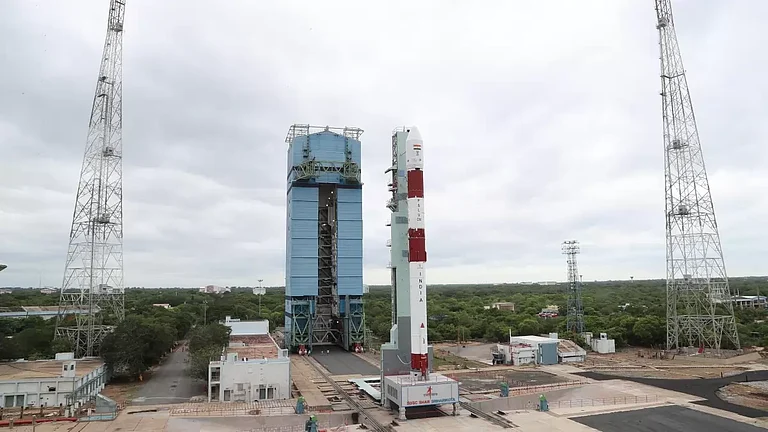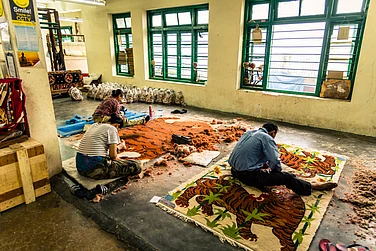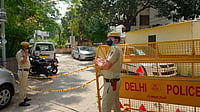India's maiden solar mission, Aditya-L1, completed its first halo orbit around the Sun-Earth Lagrangian point (L1) on Tuesday, the Indian Space Research Organisation (ISRO) said.
The national space agency said that the station-keeping manoeuvre made sure of the seamless transition into the second halo orbit.
Launched on September 2, 2023, the Indian solar observatory at L1, was inserted into the targeted halo orbit on January 6, 2024. According to ISRO the Aditya-L1 spacecraft in the halo orbit takes a total of 178 days to complete a revolution around the designated L1 point.
The spacecraft, during its travel in the halo orbit, will be subjected to several perturbing forces that will cause it to leave from the targeted orbit. "It underwent two station-keeping manoeuvres on February 22 and June 7, respectively, to maintain this orbit. Today's third station-keeping manoeuvre has ensured that its travel continued in the second halo orbit path around L1,” ISRO said.
The space agency explained that Aditya-L1's journey around the Lagrangian point involves modeling of complex dynamics. It added that understanding of various perturbing forces acting on the spacecraft contribute towards determining the trajectory accurately and planning orbit manoeuvres with precision.
"With today's manoeuvre, the state-of-the-art flight dynamics software developed in-house at URSC-ISRO for the Aditya-L1 missions stands fully validated," ISRO said in a statement.
The spacecraft has seven different payloads, five of which are developed by ISRO and the other two by Indian academic institutes in collaboration with the space agency.
According to ISRO, the strategic placement at the L1 location allows the satellite to access solar radiation and magnetic storms before they are influenced by Earth's magnetic field and atmosphere.
Aditya-L1, launched of Polar Satellite Launch Vehicle (PSLV-C57), took off from the launch pad of Sriharikota's Satish Dhawan Space Centre. The mission is aimed at studying the photosphere, chromosphere and the outermost layers of the Sun (the corona) using electromagnetic and particle and magnetic field detectors.
(With PTI inputs)


























